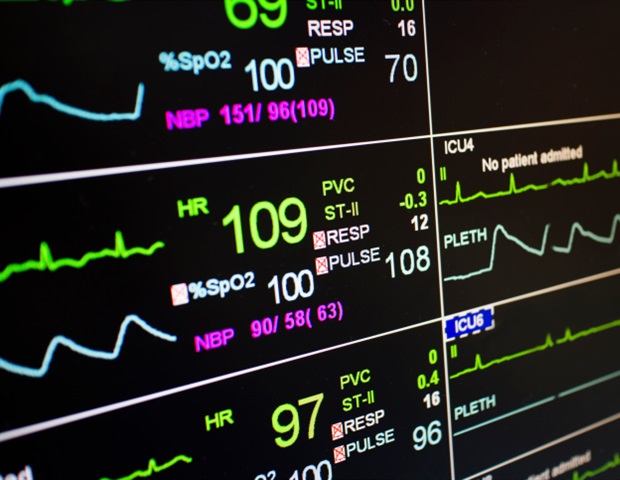Of hospitalized children who tested or were presumed positive for SARS-CoV-2, 44% developed neurological symptoms, and these kids were more likely to require intensive care than their peers who didn't experience such symptoms, according to a new study led by a pediatrician-scientist at UPMC and the University of Pittsburgh School of Medicine.
The most common neurologic symptoms were headache and altered mental status, known as acute encephalopathy. Published in Pediatric Neurology, these preliminary findings are the first insights from the pediatric arm of GCS-NeuroCOVID, an international, multi-center consortium aiming to understand how COVID-19 affects the brain and nervous system.
"The SARS-CoV-2 virus can affect pediatric patients in different ways: It can cause acute disease, where symptomatic illness comes on soon after infection, or children may develop an inflammatory condition called MIS-C weeks after clearing the virus," said lead author Ericka Fink, M.D., pediatric intensivist at UPMC Children's Hospital of Pittsburgh, and associate professor of critical care medicine and pediatrics at Pitt. "One of the consortium's big questions was whether neurological manifestations are similar or different in pediatric patients, depending on which of these two conditions they have."
To answer this question, the researchers recruited 30 pediatric critical care centers around the world. Of 1,493 hospitalized children, 1,278, or 86%, were diagnosed with acute SARS-CoV-2; 215 children, or 14%, were diagnosed with MIS-C, or multisystem inflammatory syndrome in children, which typically appears several weeks after clearing the virus and is characterized by fever, inflammation and organ dysfunction.
The most common neurologic manifestations linked with acute COVID-19 were headache, acute encephalopathy and seizures, while youths with MIS-C most often had headache, acute encephalopathy and dizziness. Rarer symptoms of both conditions included loss of smell, vision impairment, stroke and psychosis.
Thankfully, mortality rates in children are low for both acute SARS-CoV-2 and MIS-C. But this study shows that the frequency of neurological manifestations is high-;and it may actually be higher than what we found because these symptoms are not always documented in the medical record or assessable. For example, we can't know if a baby is having a headache."
Ericka Fink, M.D., Lead Author
The analysis showed that neurological manifestations were more common in kids with MIS-C compared to those with acute SARS-CoV-2, and children with MIS-C were more likely than those with acute illness to have two or more neurologic manifestations.
According to Fink, the team recently launched a follow up study to determine whether acute SARS-CoV-2 and MIS-C-;with or without neurologic manifestations-;have lasting effects on children's health and quality of life after discharge from hospital.
"Another long-term goal of this study is to build a database that tracks neurological manifestations over time-;not just for SARS-CoV-2, but for other types of infections as well," she added. "Some countries have excellent databases that allow them to easily track and compare children who are hospitalized, but we don't have such a resource in the U.S."
This study was partly funded by the Neurocritical Care Society Investing in Clinical Neurocritical Care Research (INCLINE) grant.
University of Pittsburgh
Fink, E.L., et al. (2021) Prevalence and Risk Factors of Neurologic Manifestations in Hospitalized Children Diagnosed with Acute SARS-CoV-2 or MIS-C. Pediatric Neurology. doi.org/10.1016/j.pediatrneurol.2021.12.010.
Posted in: Child Health News | Medical Research News
Tags: Baby, Brain, Children, Children's Health, covid-19, Critical Care, Encephalopathy, Fever, Frequency, Headache, Hospital, Inflammation, Intensive Care, Medicine, Mortality, Nervous System, Neurology, Pediatrics, pH, Psychosis, Research, SARS, SARS-CoV-2, Stroke, Syndrome, Virus
Source: Read Full Article
